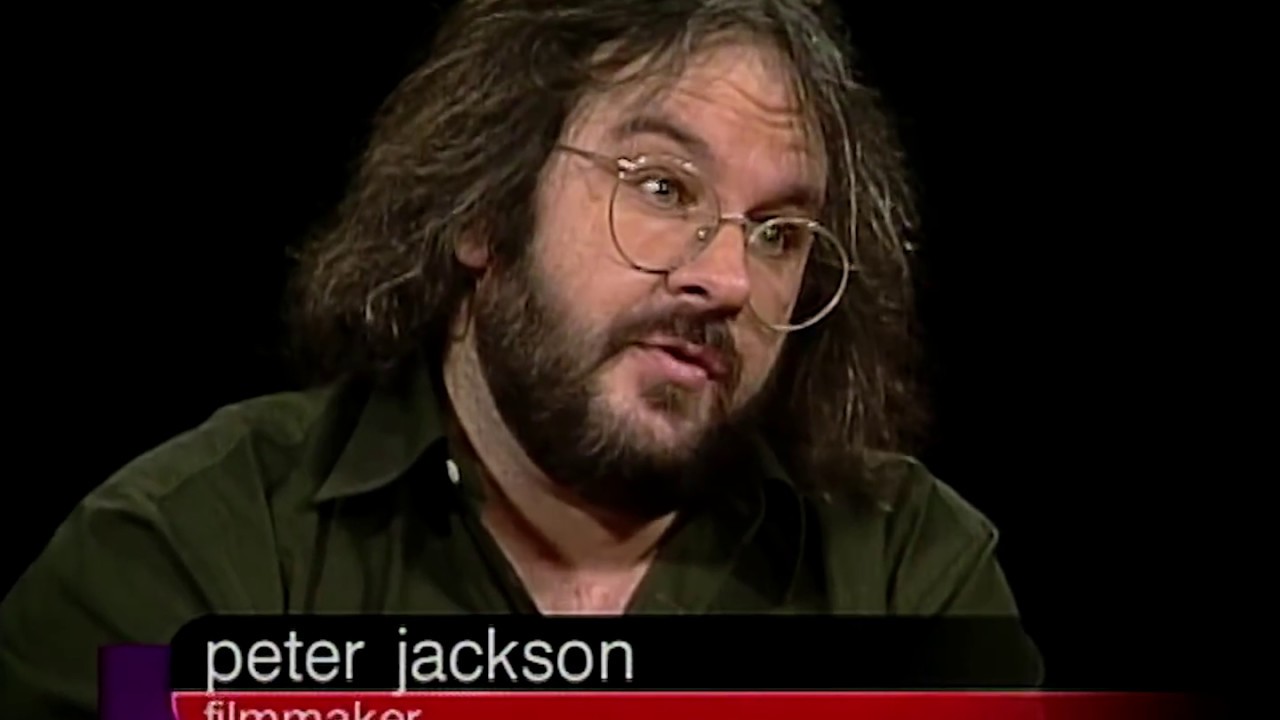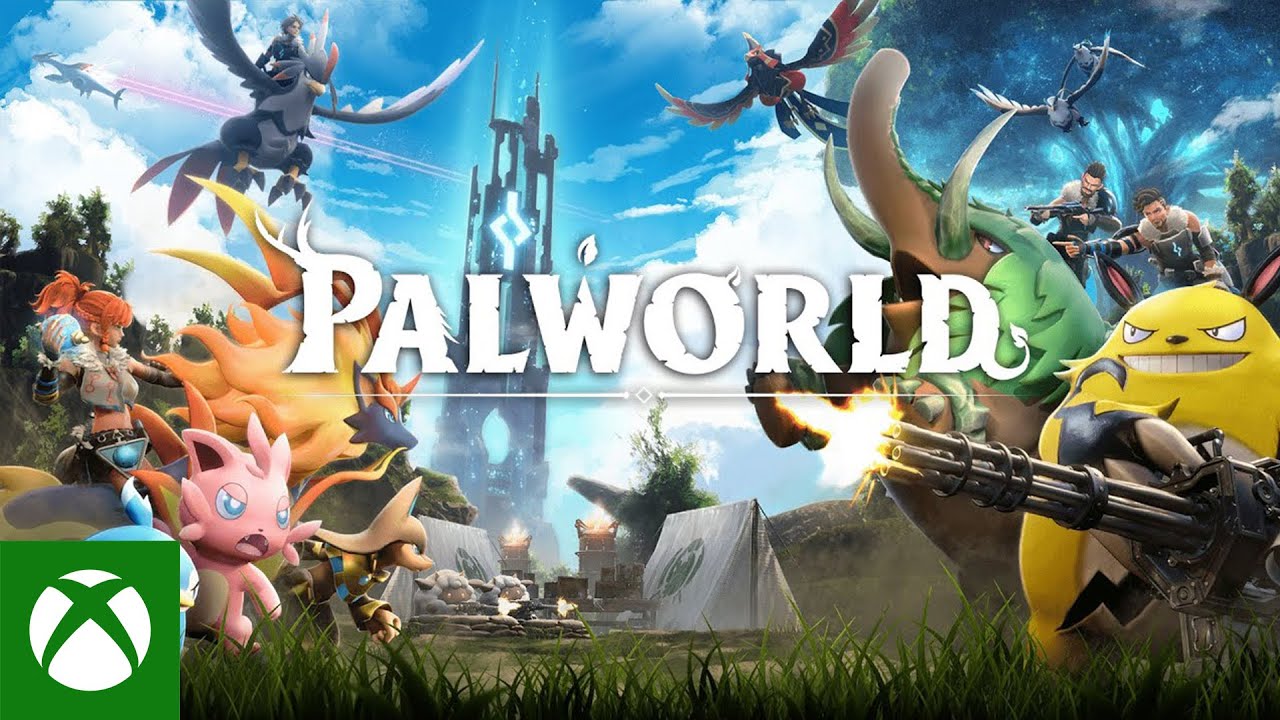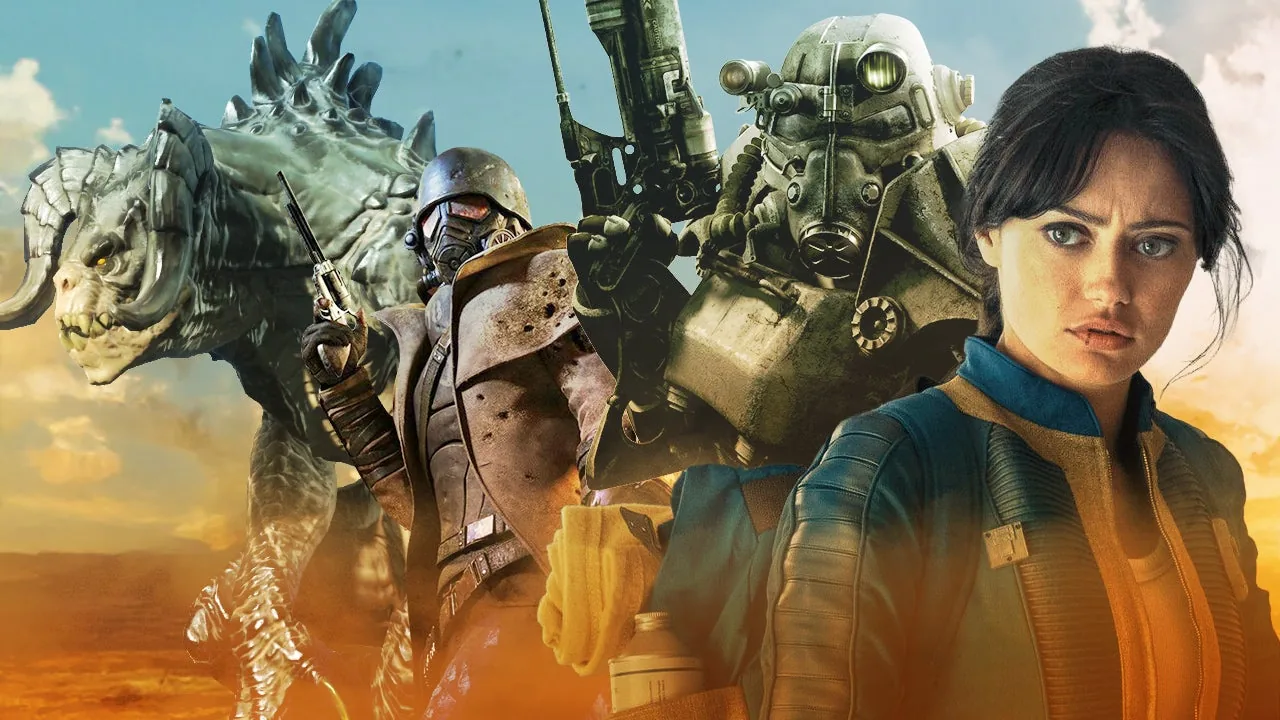Key Takeaways
- Peter Jackson has invested $15 million in a de-extinction project aiming to bring back New Zealand’s extinct South Island giant moa.
- Colossal Biosciences plans to use genetic engineering to recreate moa-like traits in modern birds.
- Scientists warn of ethical and ecological concerns, urging focus on protecting current endangered species instead.
Peter Jackson, famed director of The Lord of the Rings trilogy, is taking on a real-world epic — the resurrection of the extinct South Island giant moa. Jackson is investing $15 million into the project, joining forces with Colossal Biosciences and the Ngāi Tahu Research Centre in a bid to revive the flightless bird that disappeared from New Zealand 600 years ago.
The moa, a towering 3.6-meter bird, once roamed New Zealand’s forests before being hunted into extinction. Now, through advanced genetic engineering, efforts are being made to bring the bird back to life — but not without controversy.
A Fantasy Filmmaker’s Fascination With the Extinct
Peter Jackson has never hidden his fascination with the mysterious and the mythical. From UFOs to Yetis, the supernatural has always been part of his creative DNA. Jackson reportedly owns over 300 moa bones in his private collection, and his interest in extinct species has grown since learning about Colossal’s work six years ago.
“The movies are my day job, and the moa are my fun thing I do,” Jackson said. For him, this project taps into a childhood curiosity shared by many in New Zealand, where the moa is something of a national legend.
Also read: Netflix Greenlights Monster Season 4, Will Focus on Lizzie Borden’s Infamous Murder Trial
Moa Revival: Science, Controversy, and Ethical Concerns
Colossal Biosciences plans to genetically modify living bird species to recreate traits of the moa — but many in the scientific community remain unconvinced. Experts argue that true de-extinction may not be possible, with some warning that the focus should be on protecting endangered species rather than attempting to revive long-lost ones.
Concerns also linger about where resurrected moas would live. Scientists warn they could pose threats to themselves and their ecosystems if released into the wild, echoing fears already raised about Colossal’s other projects involving the Woolly Mammoth, the Dodo, and Dire Wolves.
Jackson’s Involvement Sparks Public Curiosity — and Skepticism
Peter Jackson is not the first high-profile creative to back such a project. Game of Thrones author George R.R. Martin also joined forces with Colossal to bring back Dire Wolves — much to the frustration of fans awaiting The Winds of Winter. Similarly, some fans worry Jackson’s involvement could divert attention from The Hunt for Gollum, his upcoming film set in Middle-earth and scheduled for release in December 2027.
Still, Jackson’s influence and funding may provide Colossal with the cultural momentum needed to pursue the moa’s revival — even if the science still lags behind the ambition.
Disclaimer: The information in this article is for general purposes only and does not constitute financial advice. The author’s views are personal and may not reflect the views of GameDegen.com. Before making any investment decisions, you should always conduct your own research. GameDegen.com is not responsible for any financial losses.




